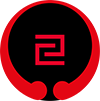Wellington
Club Location
Southern Cross (Regal Rovers) Scout Hall
Cnr Stoke/Hanson Street
Newtown
Wellington
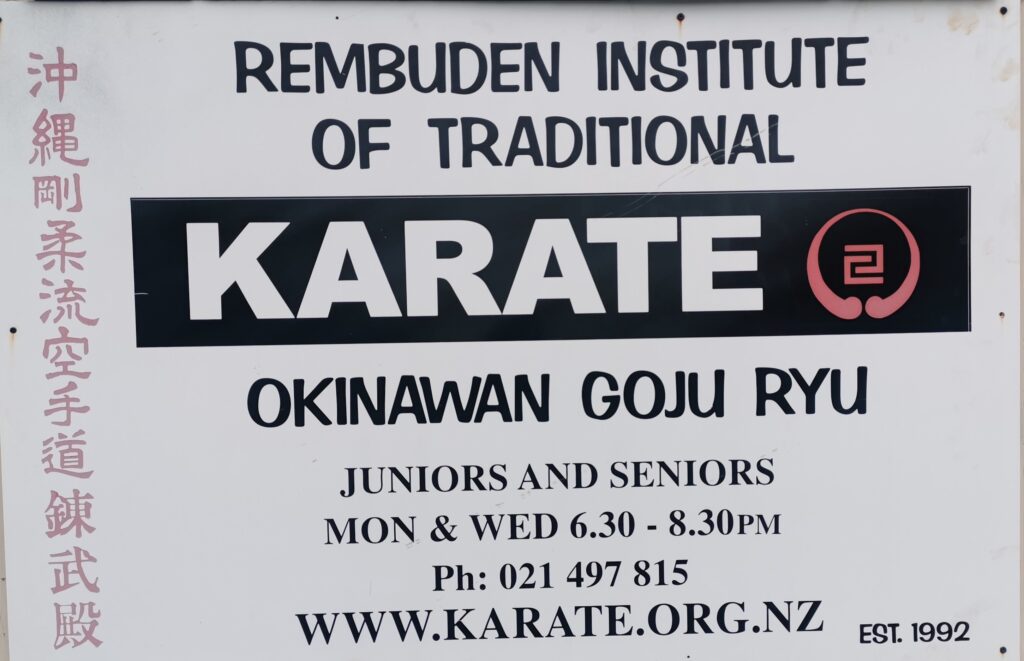
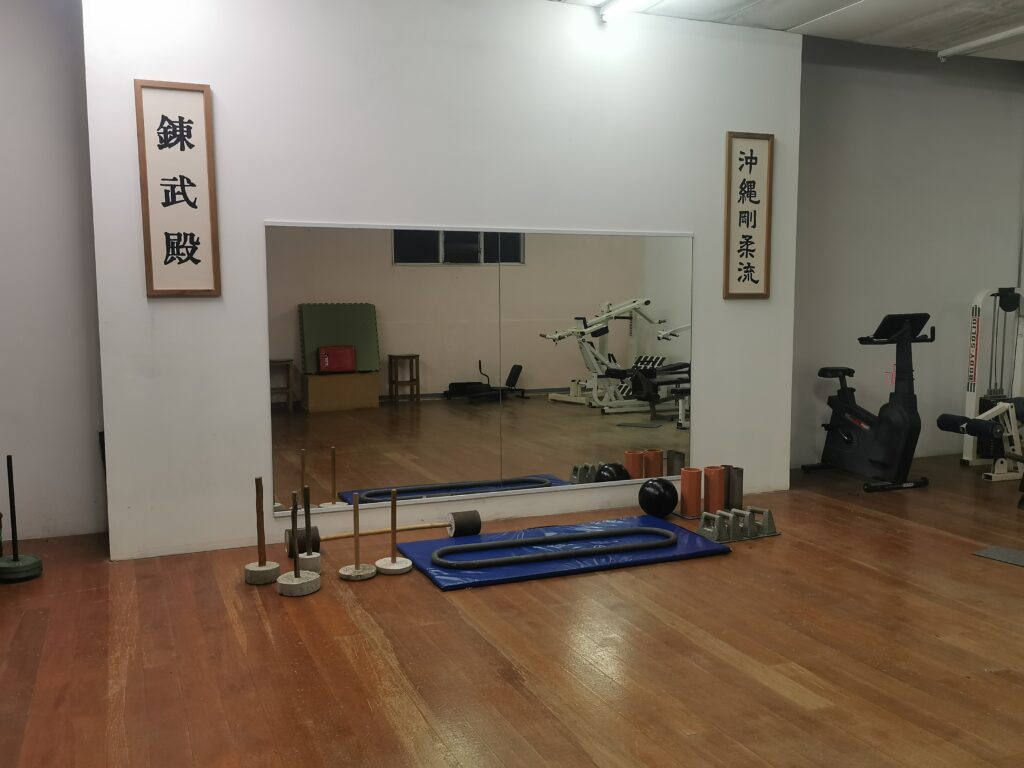
Club Contact Details
Name: Rajesh Ravji
Phone: 021 497 815 or (04)383 6461
Email Address: [email protected]
Wellington Karate has a number of accredited Black Belt instructors. All instructors are affiliated with the International Okinawan Goju Ryu Karate-do Federation (IOGKF).
Club Training Times
|
|
*Mondays |
Wednesdays |
Children and Beginners |
6.00 – 6.40 pm |
6.00 – 6.40 pm |
Intermediate Grades |
6.30 – 7.30 pm |
6.30 – 7.30 pm |
Senior Grades |
6.30 – 8.30 pm |
6.30 – 8.30 pm |
*PLEASE NOTE: the last Monday of each month Adults will have hojo undo (conditioning) training at 61 Waitoa Road, Hataitai. There will be NO Children’s classes on these days
Wellington Karate Club
The club welcomes new students to come and try our classes to determine if you are interested in learning Karate with us.
Our classes are suited to those who are looking to learn new skills, develop themselves physically and mentally, and be challenged in a controlled and safe environment so they are better equipped to handle everyday life.
The club runs as a not for profit organization, hence it has low fees and does not have a commercial focus but instead trains it’s students under the values of traditional karate focusing on building good character, strength, fitness and agility while gaining an understanding of the techniques so students can better apply these in the case of needing to defend themselves.
Some students who play other sports use our karate training as a method of cross training to further develop themselves or to help them peak for their dominant sport, while others use our training as a method of regular fitness and conditioning similar to going to the gym or for a run.
Training under the IOGKF has enabled the students of this club to be exposed to some of the top international instructors from around the world. The Wellington instructors have regular tuition under top international instructors, giving them the benefit of knowledge and experience to apply to their own practice and pass onto their students. As a result of having a high caliber of instructors the organization has produced a number of successful New Zealand Karate representatives who have competed around the world.
Club Instructors
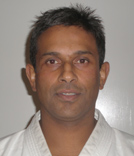
Sensei Rajesh Ravji, Nanadan (7th Dan)
Rajesh began training in 1979 at Sensei John Jarvis’s Newtown dojo, and four years later graded to Junior Shodan (1st Dan). In 1986 he began competing in a number of karate tournaments, and went on to represent New Zealand several times between the late 1980s and 2007. Highlights of his tournament career representing New Zealand include:
– Coming 5th at the 1989 Goju Ryu World Championships in USA
– Bronze at the 1990 Oceania Karate Championship in New Caledonia
– Coming 4th at the 1991 APUKO games in New Zealand
– Coming 12th at the 1991 Goju Ryu World Championships in Okinawa
– Winning gold and silver at the 1996 Goju Ryu Asia Pacific Championships in Australia
– Winning gold and silver at the 1997 Goju Ryu Asia Pacific Championships in Fiji
– Coming 2nd at the 1999 Goju Ryu Asia Pacific Championships in New Zealand
– Coming 2nd at the 2007 Goju Ryu World Championship in India
Rajesh graded to 2nd Dan in 1988, 3rd Dan in 1991, 4th Dan in 1995 and 5th Dan in 2005. In 2015 he attended the Chief Instructors training camp in Okinawa where he was awarded 6th Dan under Higaonna Sensei the IOGKF world Chief Instructor
Rajesh initially started teaching children’s classes at the age of 12 and later adults classes under John Jarvis. Since then Rajesh has trained and taught at a number of dojo’s and training camps throughout New Zealand.
Rajesh become Head Instructor of the Wellington dojo in 1999. In 2006 he was appointed to the IOGKF New Zealand Executive Technical and Management Committee which oversees the quality of Goju Ryu teaching, management and leadership throughout New Zealand. Rajesh identifies training with a number of the world’s top instructors as a key highlight of his ongoing study of Goju Ryu karate-do.
John Healy – 6th Dan
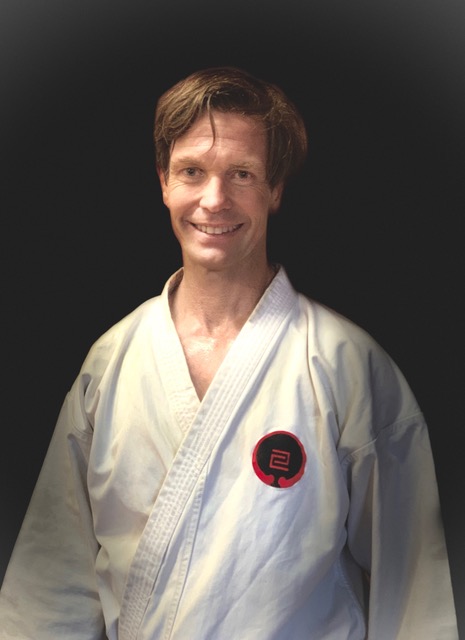
John started training in Goju Ryu in the early 1990’s at the Victoria University of Wellington Dojo.
After leaving New Zealand in 1994, and having a break from karate whilst in Russia, he then began training again in England in 1999 with Sensei George Andrews. John spent many years training in England and also benefited from many European Gasshukus. He also spent time training in Sydney with Sensei Simon Beaumont around 2003-2006. Following a return to New Zealand in 2017, he now trains with Sensei Rajesh Ravji at the Wellington Dojo.
John graded to 6th Dan in 2023 under Sensei Nakamura.
Besides karate, John is also a keen trail runner, golfer, surfer and skier – an active relaxer!
James Burkitt – 3rd Dan
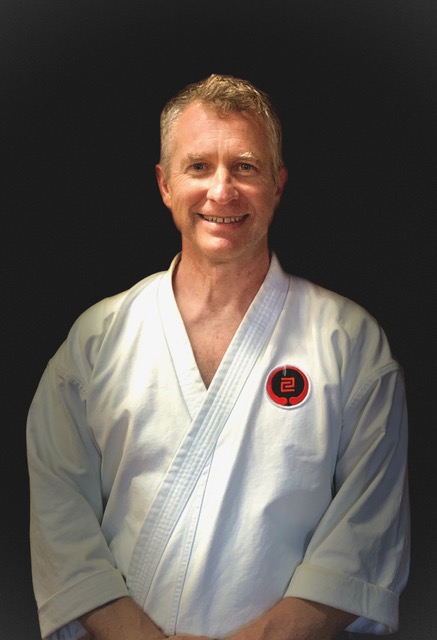
James started training in Goju Ryu in 1990, and after a break joined the Wellington Dojo in 2010. He graded to 3rd Dan in 2021.
James has travelled to Okinawa on a number of occasions to train with students from around the world. A highlight was grading to Shodan in 2012 under Sensei Higaonna and Sensei Nakamura.
He is also a student of Muay Thai, and a keen runner.
Simon Chung – 2nd Dan

Simon began training in Goju Ryu in 2010 at the Wellington Dojo, and has been training consistently ever since. He graded to 2nd Dan in 2021.
Simon has had previous experience in Shaolin kung fu, and regularly keeps fit at the gym.
Shaleena Ravji – 2nd Dan
Shaleena achieved her junior black belt at the age of 14 and competed in tournaments including regional, secondary school and national tournaments in both kata and kumite and received gold, silver and bronze medals.
Shaleena graded to 1st Dan in 2014 and 2nd Dan in 2019.
Other Black Belts:
Daniel Dixon (2nd Dan)
Darren D’Cruz (2nd Dan)
Peter Merrigan (1st Dan)
Shaam Ravji (1st Dan)
Junior Black Belts:
Ashani Ravji (1st Dan)
Janaya Ravji (1st Dan)
Additional Information
Etiquette
- Respect – the dojo is a place of respect and instructors and fellow students alike should be shown respect. We do this by bowing to each other at the start of class and before and after partnering for a training drill. We also do this by trying our best and training as hard as we can as this benefits not only us but also the person we are partnered with. If we don’t try hard or simply can’t be bothered with an exercise, the training of the person we are partnered with will also suffer.
Offensive and derogatory language are not permissible. - Bow when entering and leaving – this is a sign of respect.
- No shoes to be worn in training area – it is part of Japanese culture that shoes are not worn inside. More practically we train in bare feet and wish to avoid getting stones, glass and other nasties in or on our feet while we are training. While it is true that our training venues at Vic are multi-purpose and others wear shoes inside, we hold onto the principle of why we do not – it is a sign of respect and is a good habit to get into as many other dojos do have dedicated facilities where it is forbidden to wear shoes.
- Be on time and ready to start when session starts. If late, bow to instructor on entry and begin own warm-up including 20 push-ups, 30 sit-ups, 50 squats and stretching, when complete sit in seiza until instructor invites you to join in.
- Avoid having to leave class during session – make sure you go to the toilet before class and have water and training equipment close by.
- Cellphones – please turn off or switch to silent mode before class, if you forget and your phone rings, please do not attend to your phone. If you need to be contacted for on-call work or a family crisis please let instructor know before class so they can excuse you should you be contacted.
- Water breaks – instructors will allow water breaks when training on very hot days or when session is strenuous, please do not just wander off to have a drink but instead approach instructor to ask permission.
- Health and safety – please keep your nails (fingers and toes) short to avoid injury to training partners. Please cover any open cuts to avoid transfer of blood. It is not wise to share drink bottles as this can lead to the spread of diseases such as hepatitis and meningitis. Please remove all loose jewellery, earrings, watches etc to avoid injury to training partners and yourself
- Medical conditions – if you have any serious medical condition, especially one which may be exacerbated by strenuous training eg diabetes, asthma etc, please advise all instructors so we know how to help you or prevent occurrence.
- Illness/injury– if you have an injury it is often still possible to train eg if you have a sprained ankle you can still do punching and blocking exercises, please advise instructor of injury before class and they will give you alternative exercises so the injury can be rested. If you become ill during class step back from line-up, bow and attract instructors attention or let nearby student know before you leave. If at anytime you feel faint during class, step back from the line-up and sit down – please don’t wait until you pass out – and the instructor will get assistance for you.
